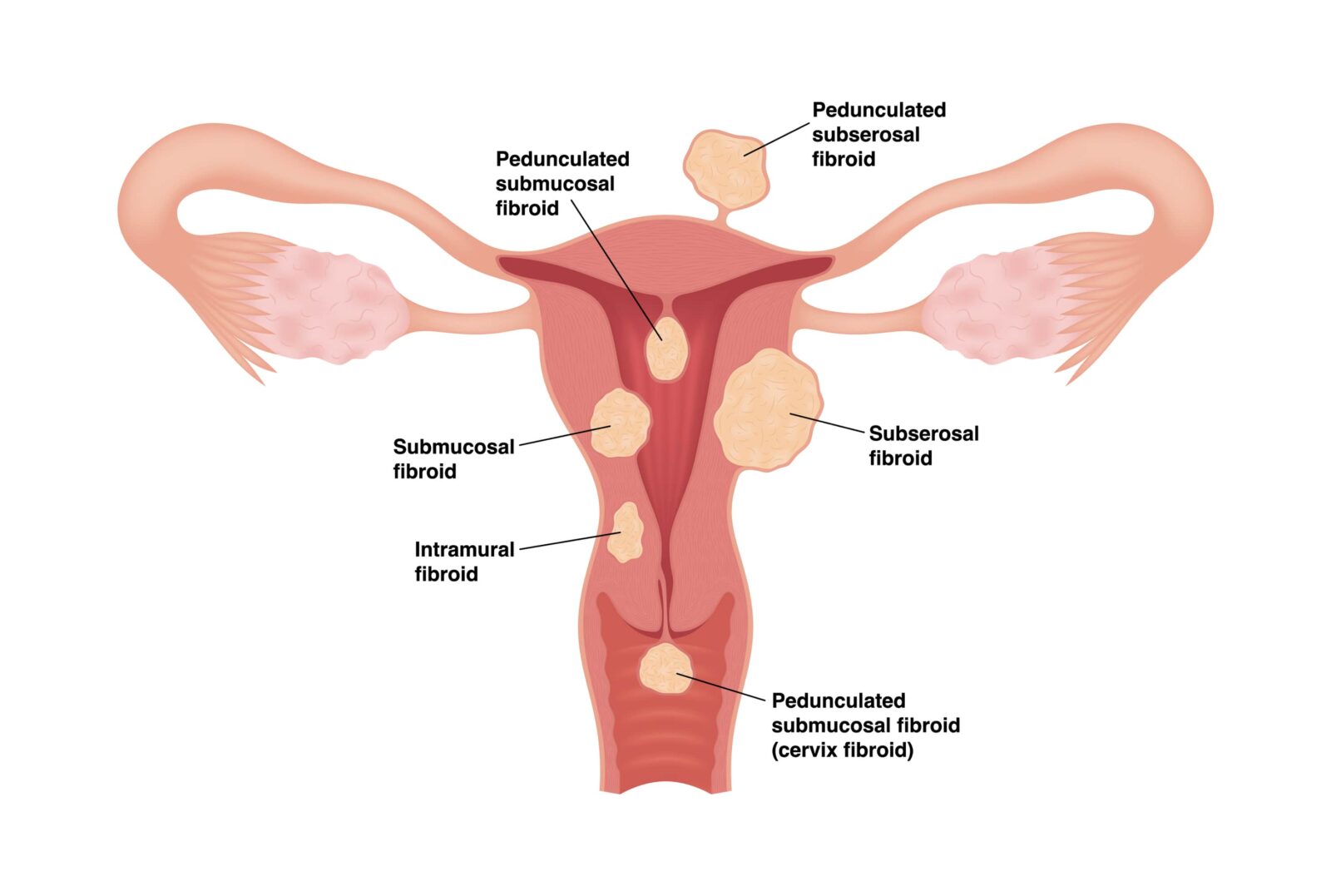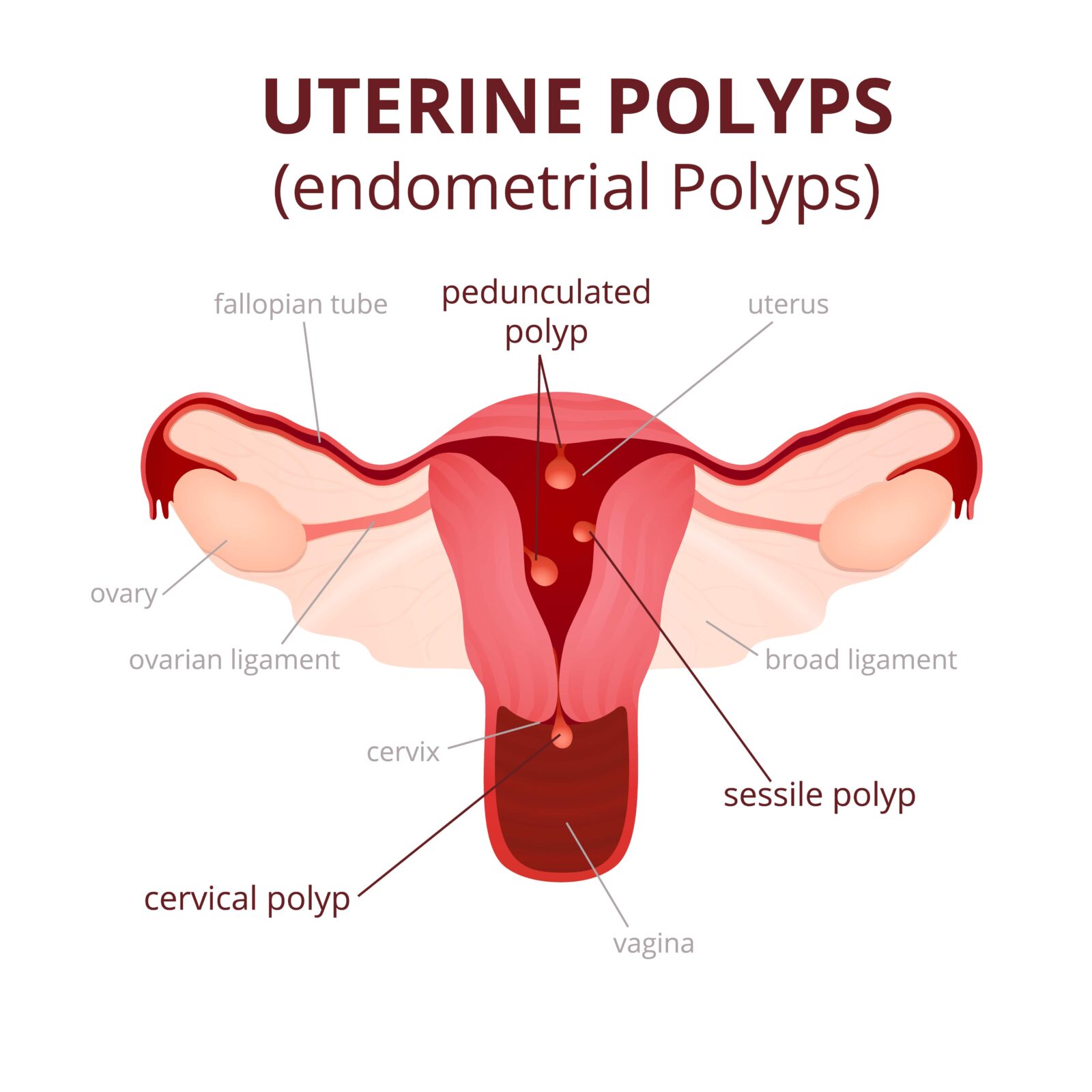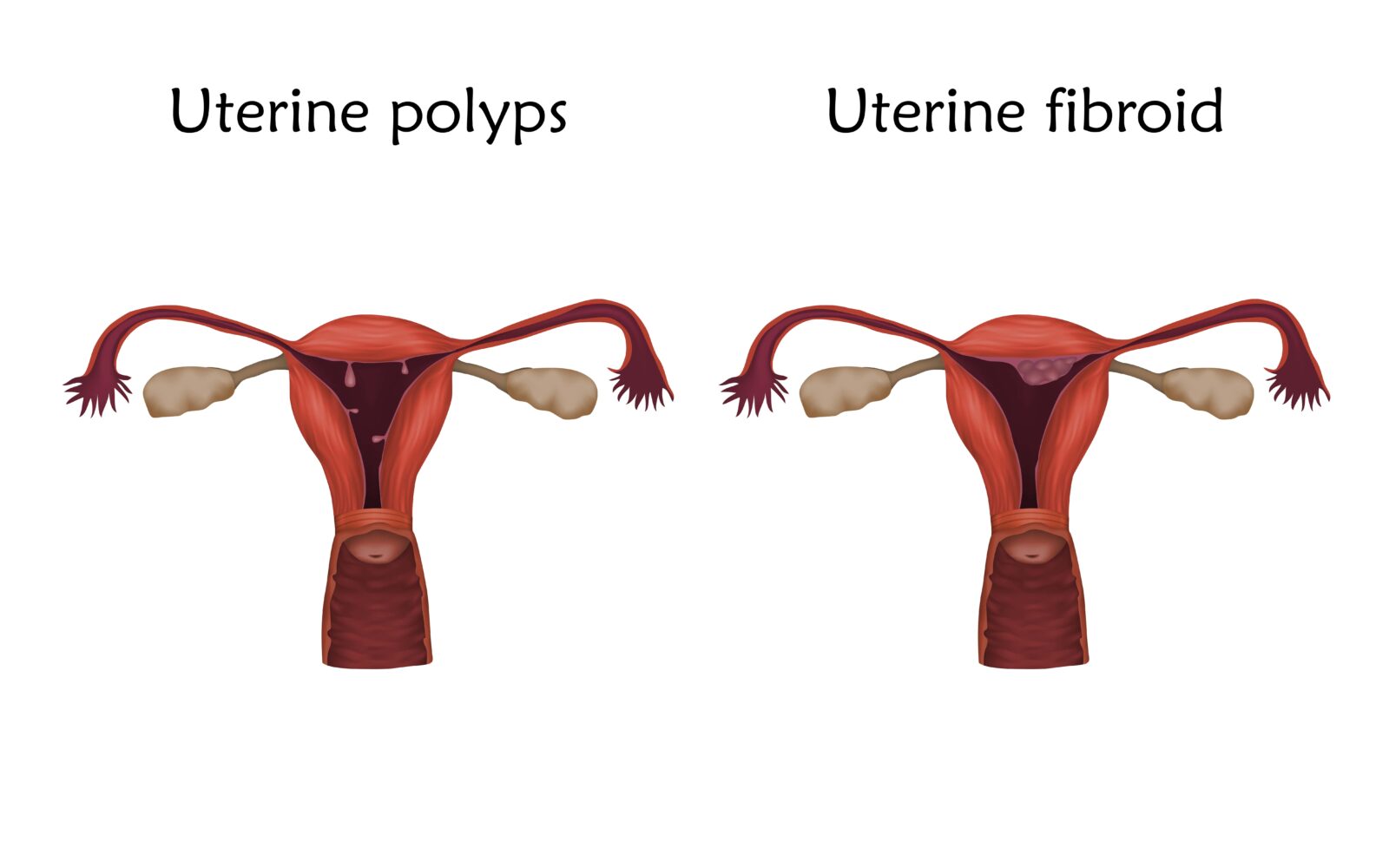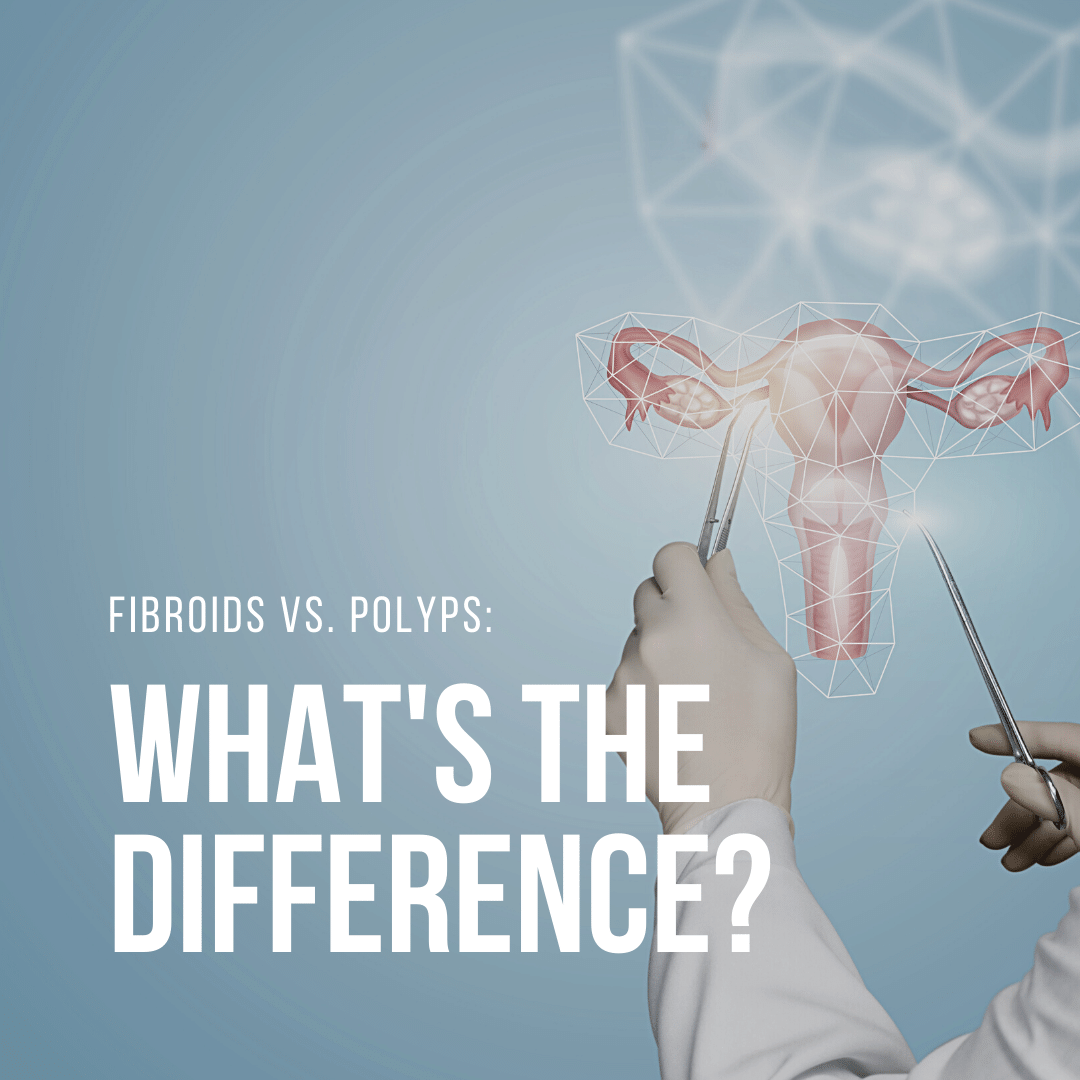Women, did you know that there are two common types of growths that can form in your uterus? They are called uterine fibroids and uterine polyps. While both of these growths share some similarities, there are also some key differences between them. In this blog post, we will take a closer look at the differences between uterine fibroids and uterine polyps. We will discuss what each type of growth is, where it forms, and how it is diagnosed and treated. So, if you have been wondering about the difference between these two types of growths, then keep reading!
What are uterine fibroids?

Uterine fibroids are noncancerous growths that form in the wall of the uterus. They are made up of smooth muscle cells and connective fibrous tissue and can range in size from very small (less than a centimeter) to very large (several centimeters). Fibroids typically form during childbearing years, but they can also occur in postmenopausal women.
Not all women experience symptoms from uterine fibroids, however this depends on the size, type, and location of the fibroid. When they do occur, symptoms of uterine fibroids can include:
- Heavy or prolonged menstrual bleeding
- Anemia (low iron levels in the blood)
- Fatigue
- Pelvic pain or pressure
- Frequent urination or difficulty urinating
- Constipation or rectal pain
- Backache or leg pains.
What are uterine polyps?

Uterine polyps, also sometimes known as endometrial polyps, are also noncancerous growths, but they form on the inner lining of the uterus (the endometrium). They are typically smaller than fibroids and most commonly occur in women between the ages of 40-49. Uterine polyps are composed of glands, stroma, and blood vessels, and they commonly form in the fundus or the cervical opening.
Uterine polyps do not cause as many symptoms as uterine fibroids. Symptoms of uterine polyps can include:
- Irregular menstrual bleeding (bleeding between periods, heavier or lighter periods than usual)
- Bleeding after menopause
What are the differences between uterine fibroids and polyps?
There are several key differences between uterine fibroids and polyps.

- First, as we mentioned, fibroids form in the wall of the uterus while polyps form on the inner lining of the uterus.
- Second, fibroids are usually larger than polyps.
- Third, fibroids are composed of smooth muscle cells and connective fibrous tissue, whereas uterine polyps are composed of glands, stroma, and blood vessels.
- Fourth, fibroids tend to occur in younger women, whereas polyps tend to occur in women who are in their 40s to 50s.
- Fifth, the symptoms of fibroids and polyps can differ. For example, irregular menstrual bleeding is a common symptom of uterine polyps that can also be seen with fibroids, however uterine fibroids often have other accompanying symptoms that polyps do not.
How are uterine fibroids and polyps diagnosed?
Uterine fibroids and polyps are typically diagnosed with a pelvic exam. During a pelvic exam, your doctor will feel for any abnormal growths in your uterus. If your doctor suspects that you have a fibroid or polyp, they may order an ultrasound to get a better look at the growth. In some cases, they may also obtain a tissue sample to determine the exact nature of the growth, as well as to rule out cancer.
How are uterine fibroids and polyps treated?
The treatment for uterine fibroids and polyps will depend on the size of the growth, your symptoms, and your overall health. Small fibroids and polyps may not require treatment. However, if you have larger growths or if you are experiencing bothersome symptoms, your doctor may recommend:
Medications:
There are several different types of medications that can help to shrink or stop the growth of uterine fibroids and polyps.
Uterine Fibroid Embolization:
This is a minimally invasive procedure that involves cutting off the blood supply to the fibroid, which causes it to shrink.
Surgery:
Surgery is typically reserved for larger growths or for women who do not respond to medications. Types of surgery include:
- Hysteroscopy: if polyps are diagnosed using a hysteroscope, then they can also be removed during this procedure using specialized tools.
- Myomectomy: This is a surgery to remove fibroids from the uterus.
- Hysterectomy: This is a surgery to remove the entire uterus. This is usually only recommended for very large fibroids or for women who have multiple fibroids. It may also be necessary if uterine polyps are found to have cancerous cells.
In Conclusion
In this blog post, we have discussed the differences between uterine fibroids and polyps. We have described where they form, their symptoms, and how they are diagnosed and treated. We hope this has helped to clear up any confusion between these two conditions. If you have any further questions, please feel free to reach out to us. Thank you for reading!












